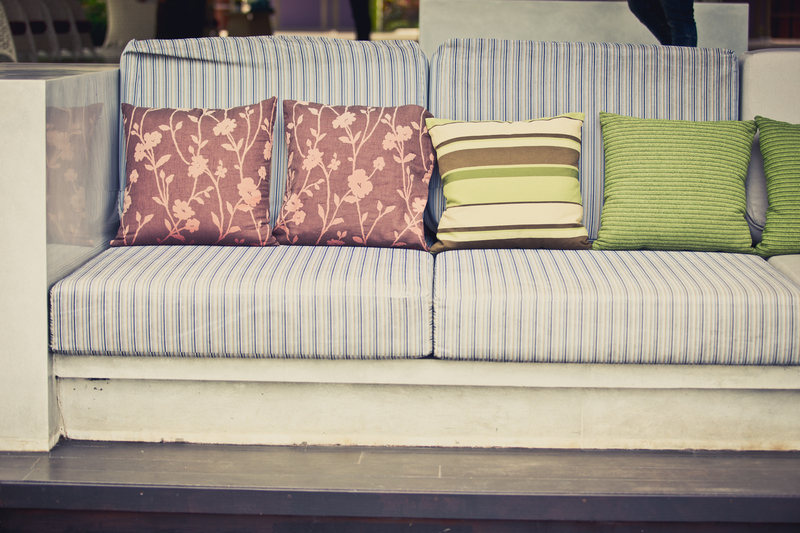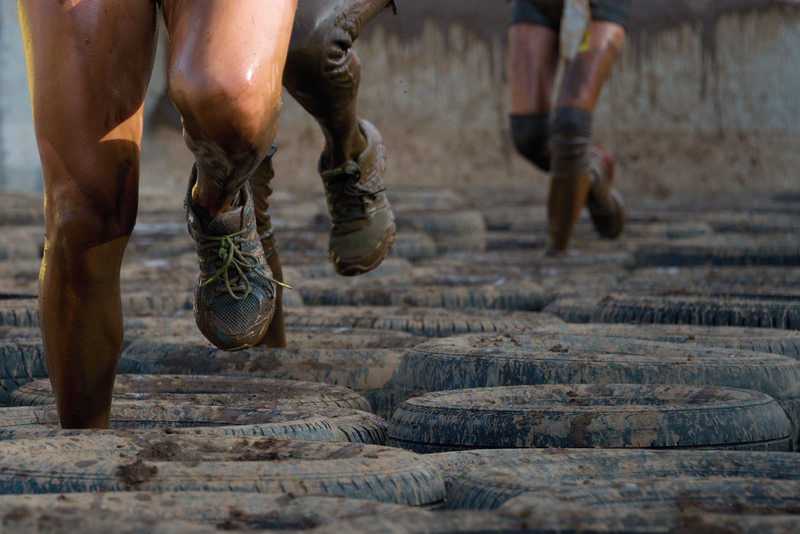Tips for Donating Pots and Pans to Charity
Clearing out your kitchen for a remodel, moving to a new place, or simply decluttering? Donating pots and pans to charity is a wonderful way to give your gently used cookware a second life--and help families in need along the way. In this comprehensive guide, we'll walk you through everything you need to know to donate your kitchen items effectively and ethically.
Why Donate Pots and Pans?
Sometimes, the kitchen is the heart of a home. Yet, many low-income families, single parents, college students, or survivors of crises often lack basic kitchen necessities. Donating cookware such as pots, pans, and utensils can help individuals prepare nutritious meals and take important steps towards independence. Moreover, recycling rather than discarding these items is better for the environment.
- Reduce Waste: Prevent your old cookware from ending up in a landfill.
- Support Communities: Charities often give donated kitchenware directly to those setting up new homes after homelessness, domestic violence, foster care, or disaster relief.
- Tax Benefits: Most recognized charities offer tax-deductible receipts for donated items.

What Types of Cookware Can You Donate?
Before gathering your donations, consider what's generally accepted. Most charities welcome the following kitchen items:
- Pots of various sizes (saucepans, stockpots, Dutch ovens)
- Pans (frying, saute, baking pans, roasting pans, griddles)
- Lids--preferably matched to the pots or pans
- Basic cooking utensils (spatulas, ladles, whisks)
- Bakeware (muffin tins, loaf pans, cake pans)
It's important to check each charity's guidelines, but the key principle is ensuring items are clean, functional, and free from damage.
Items You Shouldn't Donate
- Broken cookware (handles falling off, dented or warped items)
- Pots and pans with significant rust, corrosion, or burnt surfaces
- Teflon or non-stick pans with deep scratches or peeling coating
- Non-functional electrical cooking equipment (unless the charity specifically requests it)
How to Prepare Pots and Pans for Donation
Charitable organizations rely on the generosity of their donors, but they also need usable items. Follow these steps to ensure your donation is valuable, not a burden:
1. Examine the Condition
- Inspect for cracks, missing handles, or warping.
- Ensure lids fit securely and there are no sharp edges.
- Double check non-stick coatings: are they mostly intact?
2. Clean Thoroughly
- Wash pots and pans with hot, soapy water, removing all food residue.
- Scrub off grease, stains, or marks, including on the handles and bottoms.
- Dry completely to prevent rust during storage or transport.
A clean donation is more likely to be accepted and gratefully received.
3. Bundle Sets Together
- If you're donating a set, tie pots and corresponding lids together with string, or bag them together.
- Include any instruction booklets if available for specialty cookware.
4. Pack Safely
- Wrap glass lids or extra-fragile items in newspaper or bubble wrap.
- Stack items to save space, but avoid crushing or bending delicate items.
- Label the box as "Kitchenware" or "Pots & Pans Donation."
Best Places to Donate Pots and Pans
Not all donation sites accept kitchen items, but several organizations actively seek cookware for redistribution:
1. Thrift Stores
- Goodwill and Salvation Army accept pots and pans in good condition and resell them to fund social initiatives.
- Local nonprofit thrift stores supporting homeless shelters, food pantries, or vocational training often take cookware donations.
2. Homeless Shelters & Transitional Housing Programs
- Shelters often help clients move into permanent housing and supply basic kitchen kits.
- Contact organizations like Habitat for Humanity ReStores or local missions.
3. Refugee Assistance Groups
- Nonprofits working with refugee families often set up completely new households for newcomers.
- Look for organizations in your city such as International Rescue Committee or local faith-based agencies.
4. Food Pantries and Community Kitchens
- Some food banks also accept kitchen tools for clients learning to cook at home.
- Community cooking classes, soup kitchens, or nonprofits fighting food insecurity may need extra equipment.
5. Buy Nothing Groups and Local Giving Platforms
- Facebook's Buy Nothing Project, Freecycle.org, and neighborhood forums are great for directly gifting to individuals.
- While not formal charities, these platforms are fast, local, and supportive of waste reduction.
How to Find the Right Charity for Your Cookware Donation
- Search online for "kitchenware donations near me."
- Check the Charity Navigator or your local United Way directory for reputable organizations.
- Call first or check the organization's website to see if they currently accept pots and pans.
Maximizing the Impact of Your Donation
Your contribution can make a big difference, but a little extra effort can greatly enhance its impact. Here are expert tips:
- Add utensils and basics. Throw in spare mixing spoons, measuring cups, or dishcloths to create a complete set for recipients.
- Consider quality over quantity. A few durable pots are far more useful than a large batch of worn-out ones.
- Timing matters. Around holidays, back-to-school season, or after natural disasters, demand for cookware increases.
- Recruit friends and neighbors. Organize a mini drive among your circle to collect more kitchen donations.
Frequently Asked Questions about Donating Pots & Pans
Can I donate pots and pans with minor scratches?
Yes, minor cosmetic scratches are fine, but deep gouges or areas where non-stick coatings are flaking off should not be donated. Think: "Would I give this to a friend?"
Are there items that must be recycled instead?
Very worn, rusty, or broken metal cookware should be recycled as scrap metal. Many towns have metal recycling centers where you can dispose of unusable pots and pans.
Do I need to provide the original packaging?
No, but if you have it, it can make the donation even more attractive. At minimum, be sure items are clean and packed in a sturdy box or bag.
Should I include glass lids with pots or pans?
Absolutely. Lids make the pots more useful and appealing. If the original lids are missing, it's helpful to make a note on the box.
Can I donate non-stick pans?
Yes, as long as the coating is mostly intact--no peeling or deep scratches. Charities will reject pans where the non-stick surface is damaged for health and safety reasons.
Documentation and Tax Deductions for Donated Cookware
Most registered charities will offer you a receipt for donated items, which you can use for tax deduction purposes. Here are a few tips:
- Make a list of all items and estimate their fair market value. IRS Publication 561 provides guidance on valuing donated property.
- Ask for an itemized receipt from the organization if your contribution is significant.
- Keep photos of donated pots and pans, especially if claiming higher-value donations.
- For very large donations (over $500 in value), IRS Form 8283 may be required.
Alternatives to Donating: Recycling or Upcycling Cookware
If your pots and pans are too far gone for reuse, consider eco-friendly disposal:
- Recycle metal pans and pots at a local scrap metal depot.
- Repurpose old pans into planters, craft projects, or storage bins around the house.
- Check community art studios or schools--they may use old cookware for art or science projects.
It's always better to reduce, reuse, or recycle rather than send items to a landfill.

Final Thoughts: The Power of Donating Kitchenware
Donating pots and pans is about more than just clearing space--it's a meaningful act of community support. It can help low-income individuals and families gain independence and self-sufficiency. By following the simple tips above on selecting, preparing, and donating your gently used kitchen items, you ensure your gift is helpful, wanted, and used for years to come.
Before you toss out unused pots and pans, remember: one person's surplus kitchenware is another's ticket to a home-cooked meal. Donate wisely, donate kindly, and help nourish your community.
Ready to Make a Difference?
- Gather your gently-used pots, pans, and lids
- Clean and inspect for usability
- Reach out to a local charity or shelter
- Make your donation count!
Additional Resources
Your small act of giving could be life-changing for someone else. Thank you for considering cookware donation in your next kitchen cleanup!
